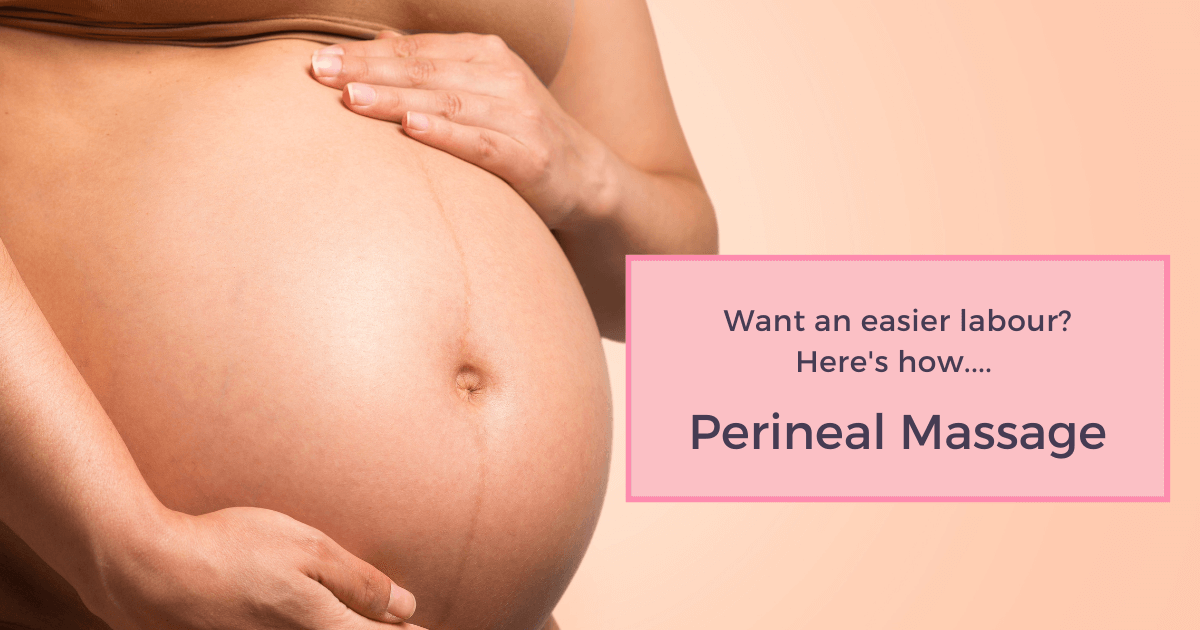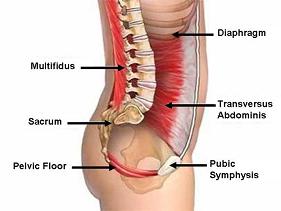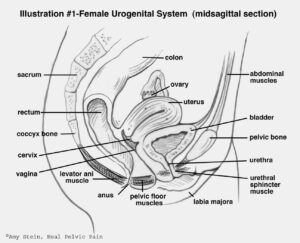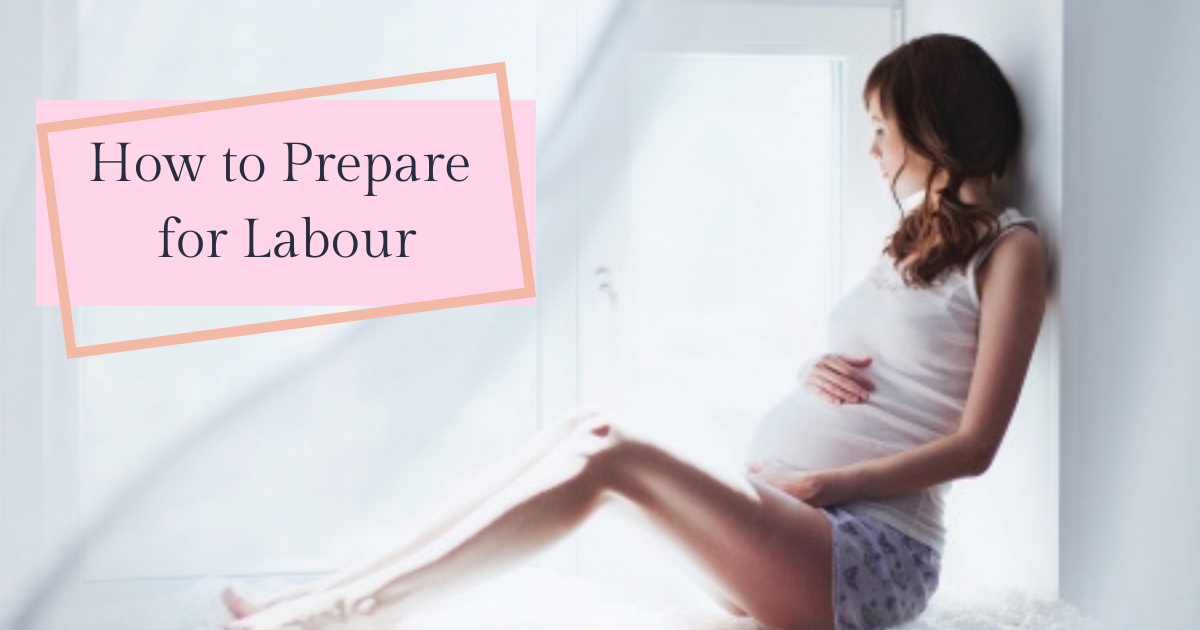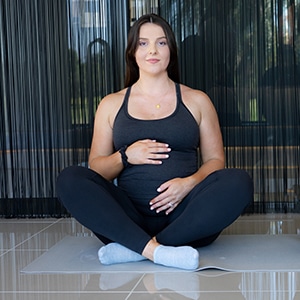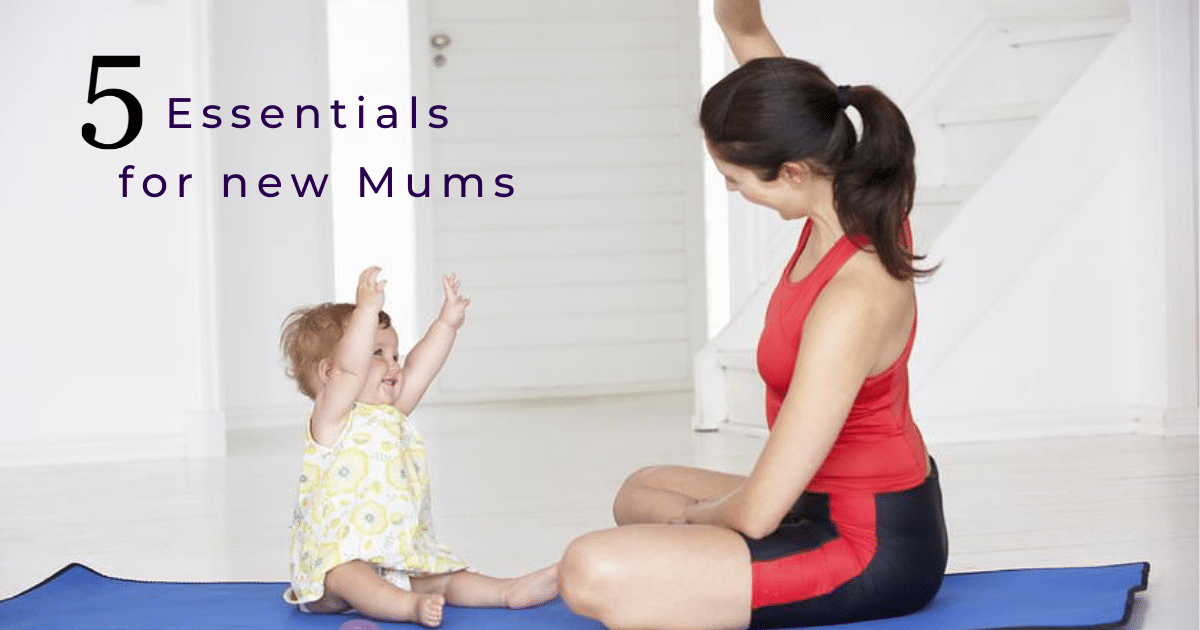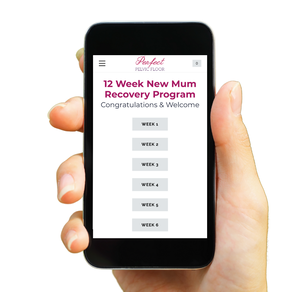Prepare For Labour with Expert Midwife Tips
Have you ever wondered how a midwife prepares herself for labour? Read on as I chat to Jedda Maggs who has been a midwife for 12 years and is a mum of 3 boys. She gives the expert midwife tips to prepare for labour. Pregnant women listen up and hear her answers to help you have a smooth and calm labour experience.
Mel: What do you think is the hardest thing for mum’s when having a baby?
Jedda: One thing mum’s really struggle with, probably the most is even in hospital is they get 3 different pieces of advice from 3 different midwives. It can be really frustrating for mum’s to know what to do. In general I say take everyone’s piece of advice and put it in your kitty bag, don’t throw any of them out but if you find one that works for your baby great. If it doesn’t work, it doesn’t mean it’s not right, its just not right for your baby.
M: What are your thoughts on birth plans?
J: It’s a great idea to know what you would like to happen – but really importantly, it needs to be flexible. You shouldn’t wrap up your success in your ability to meet your birth plan. Things can still happen that are outside of your control. Nothing works out perfectly.
M: Did you have a birth plan?
J: Nothing written down as such, I had in the back of my head that I was married to a giant who was a 9 pound baby. I thought I would end up with a caesarean but that didn’t happen and I was really proud of how things went.
M: What are your 3 biggest tips to get through labour?
J:
Best tip is something I learnt from doing calm birth. There is a definite link with a firm tight jaw and a firm tight cervix that doesn’t want to open. If you keep your jaw really open and relaxed despite the pain you are more likely to allow your cervix to open during labour. In essence don’t tense up your face muscles to deal with the pain. The best thing to do is relax the face muscles as much as you can. You can even try a guttural type sound on your exhale to keep your jaw relaxed.
Secondly Smile. Yes when you smile you release positive endorphins. It helps us think we can deal with the pain rather than the pain managing us. Which means you’re more likely to have a better experience with pain and therefore better able to approach labour with a move philosophy. The more active during labour you are the more likely you are to avoid the cascade of intervention. Still, at times an epidural or other interventions etc are necessary. Your body may be working against you in that time which is out of your control. Again this is where your birth plan needs to be flexible.
One breath at a time. A lot of women are just focussing on or thinking about the end or the next contraction, instead just be in the moment and breathe. One breath/contraction is what calm birth aims for, slowing your breath down during your inhale and your exhale. You don’t need to worry about the next contraction until it comes, staying in the moment rather than losing the control. Stay in the here and now and everything else takes care of itself.
M: Any last words of advice?
J: Do what your body is designed to do, get up off the bed and move around. Just because there is a bed in the room doesn’t mean you have to lie on it.
Things don’t always go to plan during labour, just being ok with whatever happens and trust that this is what needed to happed for the safety of me and my baby. Doesn’t mean failure of any sort if you have intervention. Trust medical opinion whether that be midwives, doctors etc.




